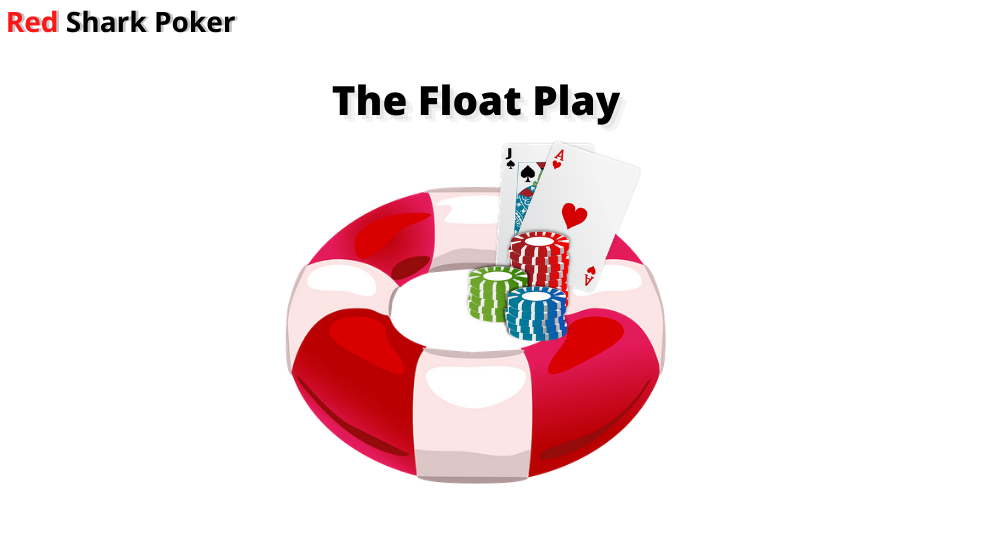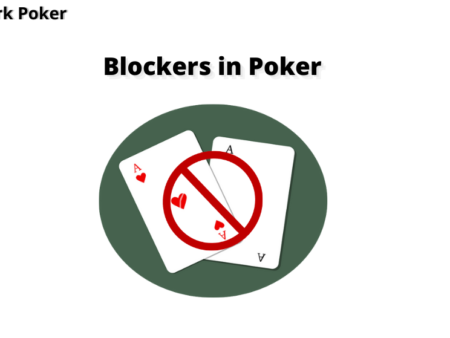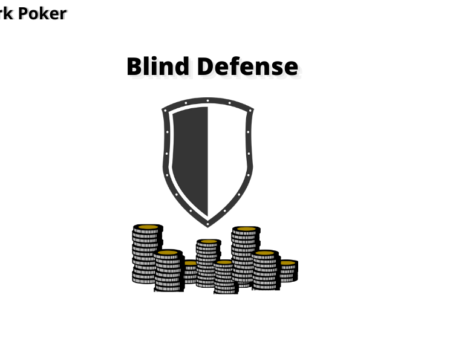

As the world of poker has become so competitive, players are choosing to play a very aggressive style. When a player raises preflop, it has almost become a norm for them to make continuation bets on the flop. What will you do when you face continuation bets from an opponent who cbets a lot? Will you fold all time? Probably not! You can counter-attack with the tricky weapon of float play in poker.
Floating in poker is the best defence against aggressive players who cbets a lot. This complex and yet effective form of bluffing can help you win pots even before seeing the river. Let’s learn when and how to use this tricky play of floating in poker!
What is Floating in Poker?
“Float play” or floating in poker is a complex form of bluffing where you bet after your opponent checks on the turn. You call your opponent’s cbet on the flop first and make a bet when you see weakness in your opponent on the turn. So, you can float in poker when the two situations arise:
- Your opponent bets on the flop and you call (float the flop).
- Your opponent checks on the turn and you bet as a bluff.
You call your opponent’s bet on the flop and steal the pot on the turn with a bet when you sense weakness in your opponent as he has checked on the turn. So, you are closing the action before seeing the river card by bluffing on the turn.
Floating can also work if your opponent makes a small bet on the turn. If you sense weakness in your opponent’s bet size, a big raise can force your opponent to fold. However, a raise will be an advanced move, and you should raise only when you have a good read on your opponent.
An Example of Floating in Poker
You are on the button with A♥ 10♠ in a $5/$10 6-max game. A loose-aggressive player from the middle position raises to $30. You decide to call, and others fold. The pot is now $75.
Flop: K♠ 8♥ 5♣
Your opponent bets $37.5 (half the pot) into a $75 pot. You have not connected with the flop, but you know that your opponent makes continuation bets quite often. You decide to call and float the flop.
Turn: K♠ 8♥ 5♣ 2♦
Your opponent checks. It is quite probable that your opponent doesn’t have the top pair (KK) and might have made a pair of eights on the flop. Your opponent being a loose-aggressive player would have bet on the turn if he had a King pair. When he checked on the turn, he could be wary of the fact that you might be holding a King pair here. The 2♦ doesn’t improve his hand, and you can choose to bluff here. If you make a strong bet of $110 into a $150 pot, you can strongly represent the King pair. Your opponent will have no other option but to fold.
Float Play is Best Weapon Against Continuation Bets
In the above example, you have seen that your opponent has made a continuation bet on the flop. Players tend to make a lot of cbets in today’s games. Float play is most effective against continuation bets. When you call a cbet on the flop, your opponent will have the following questions:
- Have you connected with the flop?
- Is your hand stronger than his?
- Are you slowplaying with the best hand?
If the turn doesn’t improve your opponent’s hand, and he decides to check, you have an opportunity to bluff with a strong bet. A strong bet will leave your opponent with no other option but to fold. So, instead of folding on the flop, you can choose to just call the cbet and bluff if your opponent checks on the turn. You can steal the pot by floating in poker.
Also Read: How to Make Cbets in Poker?
Which Flops Should You Float in Poker?
Floating in poker depends on how well you know about your opponent’s opening range. However, there are some board textures that help you to float in poker. Let’s look at some of these flops.
Dry Flops
Dry flops with one high card are ideal for floating in poker. As continuations bets are quite common these days, you can float the flop to see the turn. If a lower card hits on the turn and your opponent checks, he might be unsure if he has the best hand. A strong bet can force your opponent to fold as you will be representing the top pair.
Some examples of dry flops with high cards:
K♠ 8♥ 5♣
J♥ 7♣ 4♦
Q♦ 8♥ 5♣
Wet Flops
You need to be careful on wet flops, especially against tricky opponents. If your opponent completes his draw, they usually bet for value on the flop and check on the turn hoping that you will bet. Be careful of such traps. So, you need to have a good read on your opponent before bluffing on the turn if they check on wet flops.
Some examples of wet flops:
7♠ 8♥ 9♣
Q♦ 8♦ 5♦
Criteria for Floating in Poker
Before you decide to float in poker, consider the following criteria for making a successful float play. If you do not consider them, you may be in a difficult spot if your opponent calls your bet or raise.
Float from Position
Always be in position while floating in poker. You should be the last to act post-flop. When you are out of position, your only floating option is check-raise. If you check and your opponent makes a small bet, only then you have the option to check-raise. If you make a donk bet (betting into the aggressor), your opponent might call your bet. Only when you are in position, you can spot any weakness on the turn, like a check or a small bet. Also, if your opponent bets strongly on the turn, it indicates that he has a strong hand, and you can simply fold. So, it is advised to have position on your opponent while floating.
Float Against a Single Opponent
As floating is a complex bluff, it is advised to go for it against a single opponent. When you are in a heads-up pot, it is easier for you to float. Multiway pots make it almost impossible for you to bluff on the turn, as any of your opponents can call your bet or raise if they have a decent hand.
Have Some Equity While Floating
It is always better to bluff with some equity in your hand. Calculate your outs before floating that you can catch on the river if your opponent calls your bet or raise on the turn. Such equity can save you from a lot of trouble if your outs hit on the river. If you are choosing for a pure bluff, have a good read on your opponent where you can be certain of your opponent folding on the turn.
Float More Against Tight-Aggressive Players
Look out for tight-aggressive players who make a lot of continuation bets. When such players check on the turn after making cbets, they are more likely to fold on the turn if you bet. Don’t bother floating against loose-passive players (fish) who call most of the times. Also, try not to float against loose-aggressive or super-aggressive players who usually don’t fold a lot on the turn.
Use Your Table Image to Float
Your opponents might find it difficult to fold on the turn after betting on the flop. However, if your table image is that of a serious player who bets or raises with strong hands, your opponents will take you seriously. It works even well if you have a tight image at the table. When you bet on the turn, you are making a strong case for yourself and get credit for your bet. Your opponent will be wary of your bets and most likely fold.
Balance Your Floating Frequency
Too much of anything leads to a bad play. So, balance your floating frequency so that your opponent takes your bet or raise seriously. Don’t always use floating as a defence against your opponent’s cbets. If you don’t balance your floating frequency, your move will look too apparent, and your opponent will end up calling. Use this tricky move judiciously, and use only when necessary.
Conclusion
As exciting as float play may sound, floating in poker is still an advanced form of bluffing. So, exercise caution before deciding to pull off this complex trick. Analyse the situation properly and have a good read on your opponent before floating. When you are confident that your opponent will most likely fold, floating can be the greatest bluff ever. Don’t be discouraged if your opponent calls you on the turn. Getting caught will only make your play more versatile. You will have bluffs in your perceived range which will confuse your opponents later in the game. Practice the play properly, float cleverly and steal a big pot. Good Luck!




